¶ Adversities
Not everything can always go smoothly while governing the country. No country in world history has ever been free from revolts, natural disasters, corruption, crime or other misfortunes.
 Adversities are represented by
Adversities are represented by  black cubes that are placed on map components and in the player zone. Adversities emerge, multiply, and spread through event effects.
black cubes that are placed on map components and in the player zone. Adversities emerge, multiply, and spread through event effects.
¶ Adversity Types
Black cubes of adversity can be on
 units, then they are rebels. They turn into enemy units against you (anyone), and you can no longer control them. There are two types of rebels: peasant rebels
units, then they are rebels. They turn into enemy units against you (anyone), and you can no longer control them. There are two types of rebels: peasant rebels  (1) and military rebels
(1) and military rebels  (2).
(2).
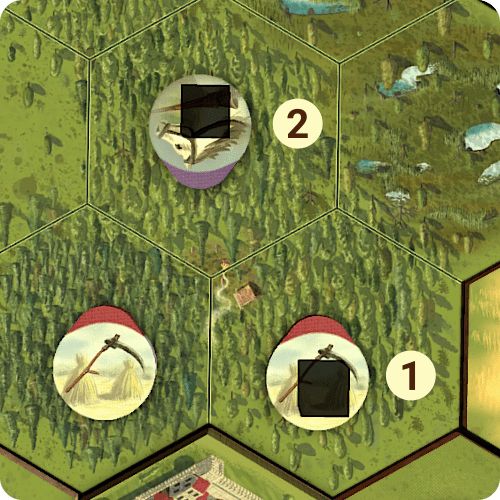
 religion tokens, representing heresy. You lose control over the religious community with heresy and do not receive any bonuses from it.
religion tokens, representing heresy. You lose control over the religious community with heresy and do not receive any bonuses from it.
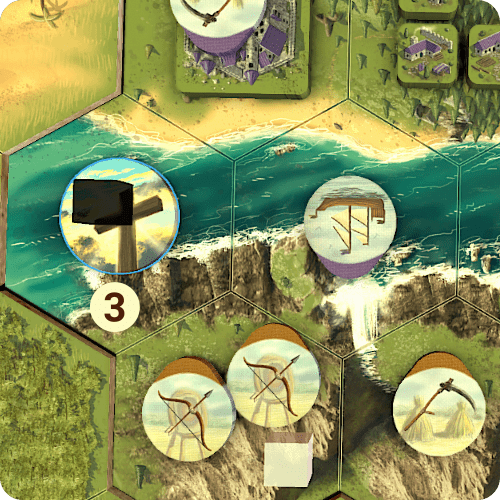
 structures, symbolizing damage and destruction. Such structures reduce their
structures, symbolizing damage and destruction. Such structures reduce their  hit points by 1 for each
hit points by 1 for each  black cube placed on them. For cities / castles, each such reduction in their hit points also decreases your influence in the province, which may lead to losing control over it. Additionally, during a battle, less damage is required to destroy such structures. However, they remain under your control and continue to provide all their benefits.
black cube placed on them. For cities / castles, each such reduction in their hit points also decreases your influence in the province, which may lead to losing control over it. Additionally, during a battle, less damage is required to destroy such structures. However, they remain under your control and continue to provide all their benefits.

 on the map hexes, meaning calamities, landslides, fires, pest outbreaks, etc. You cannot gather resources or construct on affected hexes. The structures built there before continue to function as usual.
on the map hexes, meaning calamities, landslides, fires, pest outbreaks, etc. You cannot gather resources or construct on affected hexes. The structures built there before continue to function as usual.
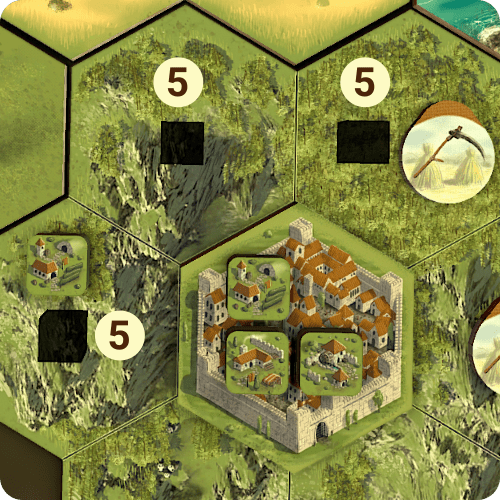
 areas of the player mat, representing the corruption. You now need to spend 2 action cubes even for the first activation of this area.
areas of the player mat, representing the corruption. You now need to spend 2 action cubes even for the first activation of this area.
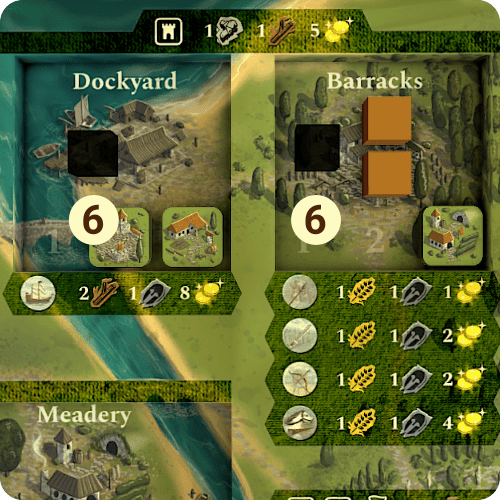
 technology cards, showing a certain malfunction, thus the inability to use that technology.
technology cards, showing a certain malfunction, thus the inability to use that technology.
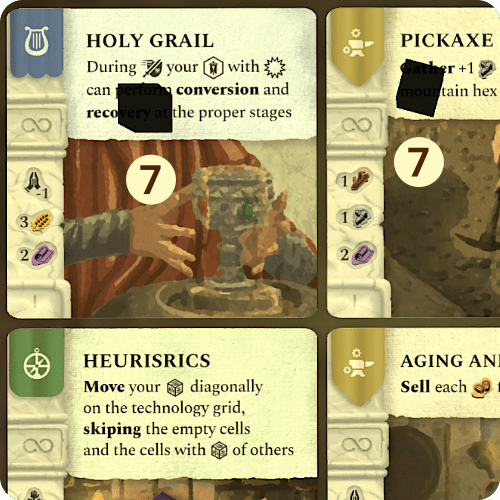
 government card, representing a political crisis, issues with state apparatus, disputed succession, etc. In this case, you cannot gain or spend experience
government card, representing a political crisis, issues with state apparatus, disputed succession, etc. In this case, you cannot gain or spend experience  from the
from the  government card.
government card.
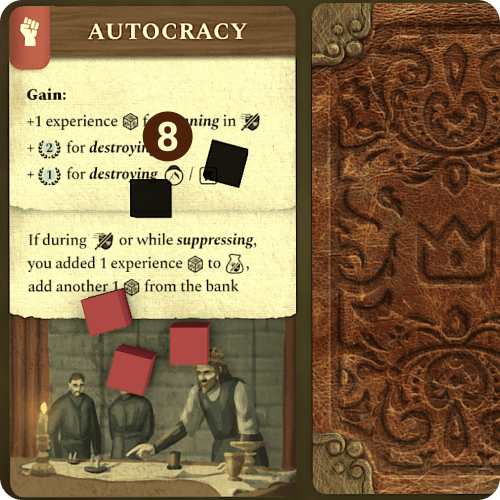
In your turn, you can overcome the adversities if you pay the price. You gain  for every black cube discarded.
for every black cube discarded.